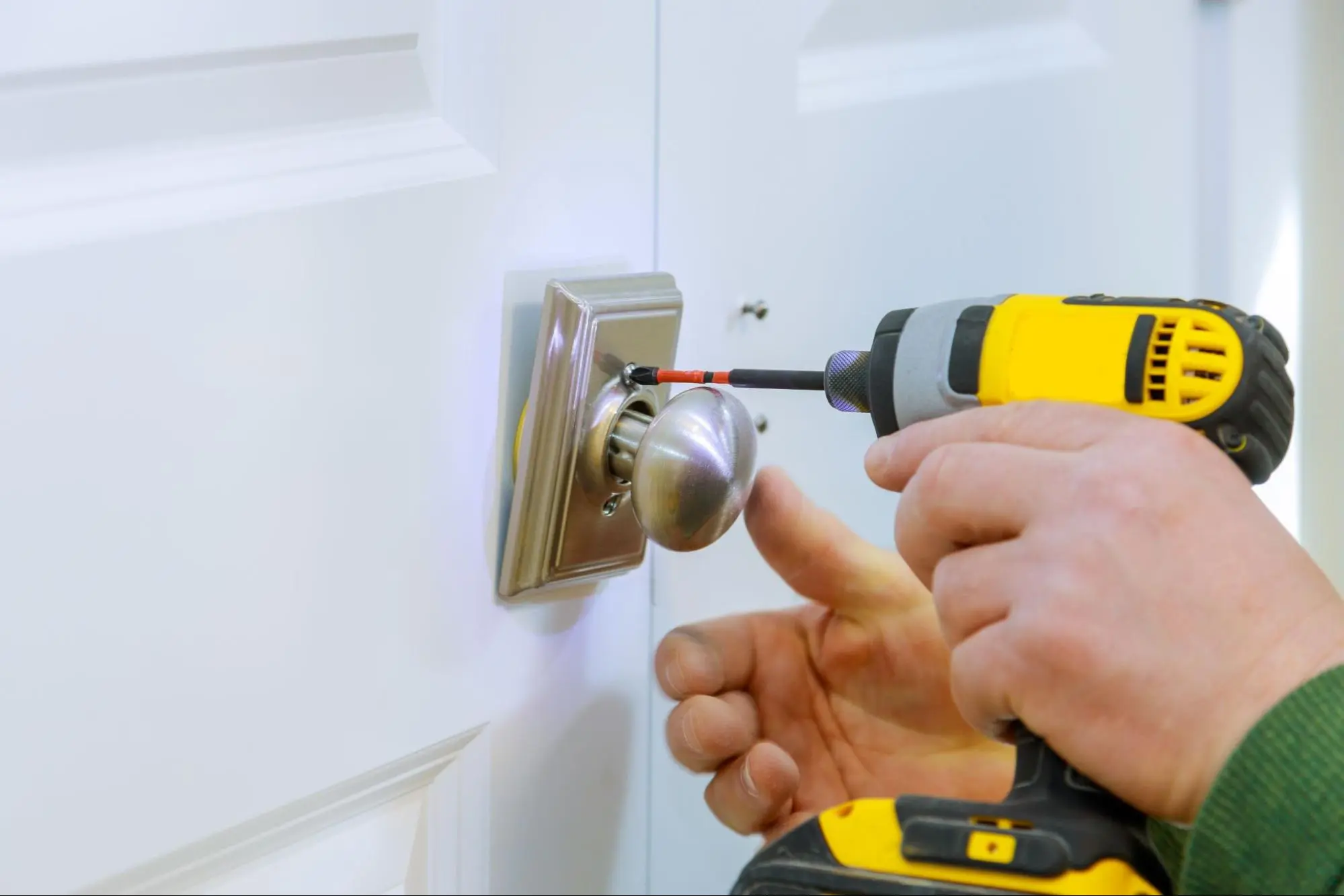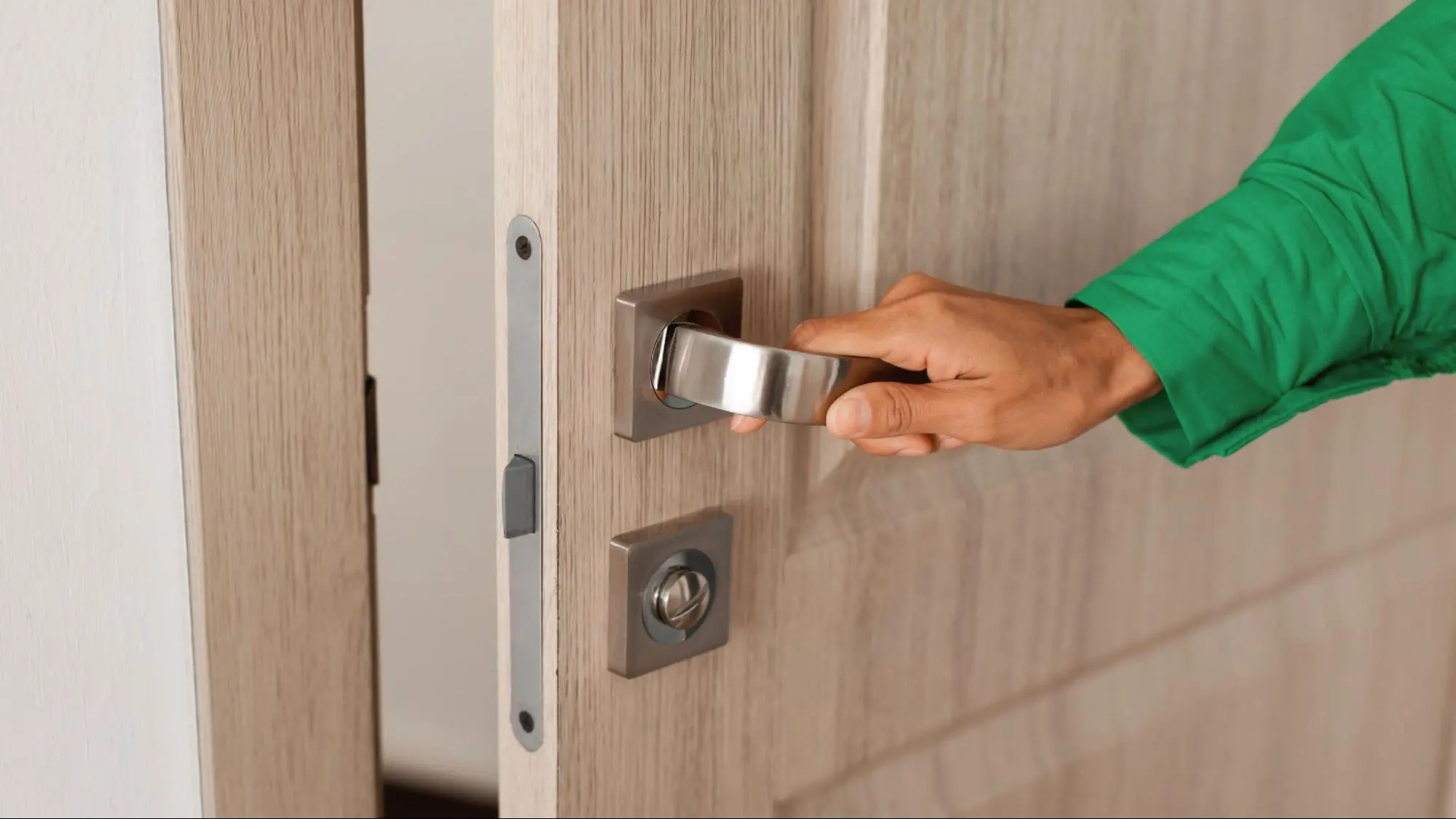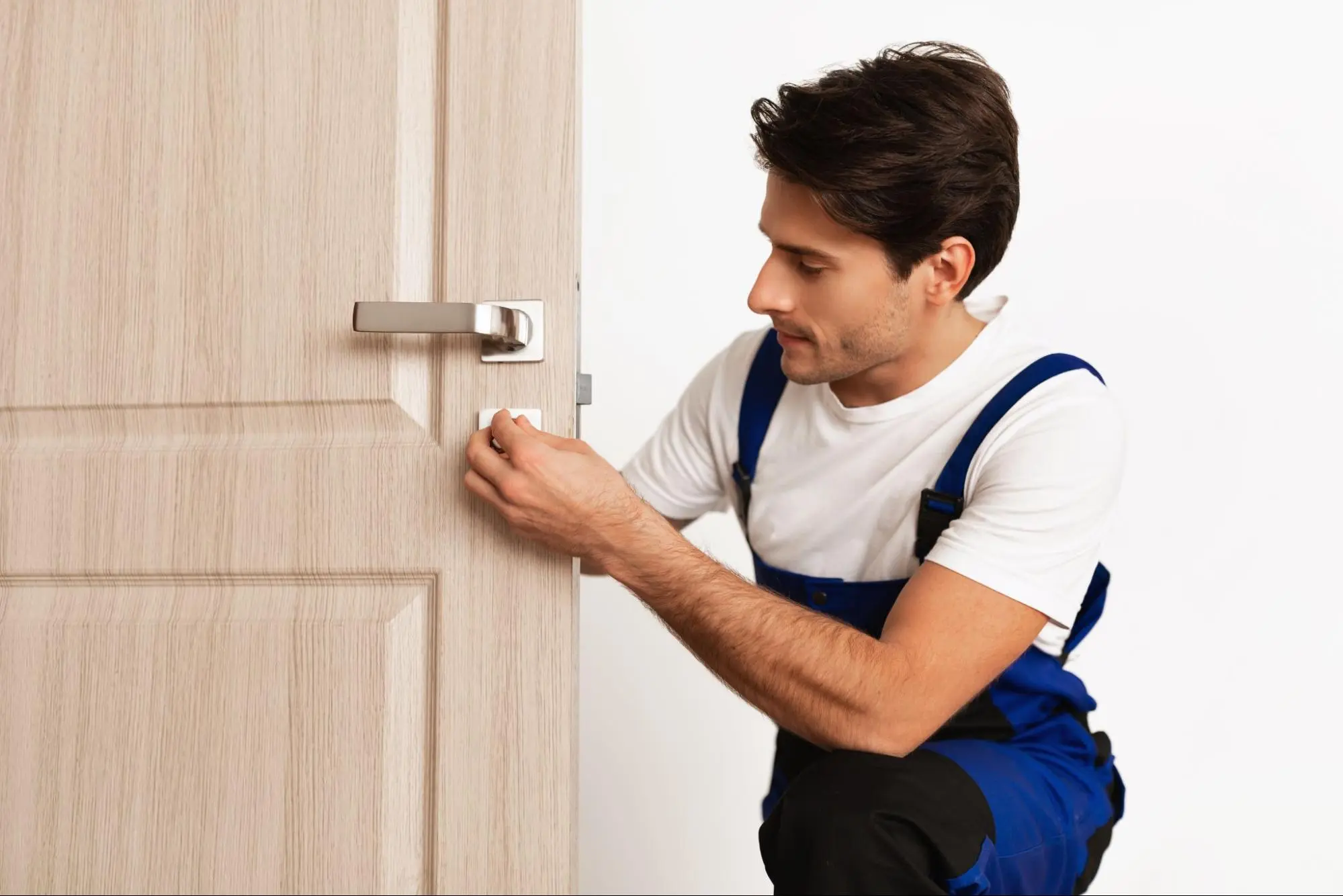
Locks and door handles can sometimes seem like small details, but they are crucial for your home security. It’s frustrating when a door lock becomes stiff, a handle loosens, or worse, a key breaks inside the lock. Knowing how to quickly fix these common issues can save you time and headaches.
Common problems include misaligned doors, accumulated dirt or rust, and loose screws. For example, if your lock becomes stiff, cleaning out the grime or adjusting the alignment might solve the problem. Sometimes, it’s a simple matter of tightening a few screws with a screwdriver.
This guide will walk you through simple, effective solutions to these common issues. Understanding basic repair and maintenance can make a big difference in how secure and functional your home remains.

Door locks can experience various issues that compromise their function, such as wear and tear, misalignment, and broken or stuck keys. Understanding these door lock problems is crucial for maintaining your safety and privacy.
Different Locks types and handles often suffer from wear and tear due to frequent use. Dirt, grime, or rust can accumulate within the lock mechanism over time, leading to a stiff or hard-to-turn lock. A loose handle is another common indicator of wear caused by the repetitive use that wears out the screws or set pins. Regularly inspect your locks and handles for visible signs of damage. Tighten any loose screws, and use a lubricant to reduce stiffness. If the lock remains finicky, you might need to replace worn-out parts or consult a locksmith.
A misaligned door or lock can prevent the latch from meeting the strike plate correctly, leading to locking issues. Humidity and structural changes over time can also cause doors to shift, resulting in a misaligned lock. To check for alignment issues, close the door slowly and observe if the latch properly aligns with the strike plate. If it doesn’t, you may need to tighten the hinges or adjust the strike plate’s position. Simple adjustments often resolve minor misalignment, but severe cases might require professional assistance to ensure your locks function correctly for your safety and privacy.
A broken key in the lock or a stuck key can pose serious access problems. Force applied incorrectly while turning a key can cause it to break, leaving a piece lodged in the keyway. If a key is stuck due to a worn-out lock mechanism, it’s crucial to address the problem promptly. To remove a broken key, use needle-nose pliers or a key extractor tool. For stuck keys, apply a locksmith-recommended lubricant to ease the extraction. Regular key and lock maintenance can prevent these issues, but if problems persist, consult a professional locksmith to avoid damaging the lock further.

Fixing and maintaining locks and door handles involves a few key steps to ensure smooth operation and security. Below, you’ll find clear and practical steps to address common issues.
Realigning the door is crucial if the door and latch are not properly aligned. Check if the door has sagged over time. Tighten the hinges using a screwdriver or adjust the strike plate to improve alignment. This can help the latch catch correctly, ensuring the door locks securely.
To realign the strike plate, you may need to remove the screws, move the plate slightly up or down, and then reattach it. Regularly checking and ensuring tight hinges and screws can prevent alignment problems and extend the life of your door locks.
Sometimes, replacing parts is the best solution. If the lock is stiff or hard to turn, this can often be due to dirt or rust. Lubrication with graphite powder or a lock-specific spray can aid smooth operation. If lubrication doesn’t work, it may be time to replace the lock.
For door handles that are loose, tighten the screws on the faceplate. If they continue to loosen, a small amount of thread-locking glue can provide a more permanent fix. In cases where the handle or lock cylinder is damaged beyond repair, you will need to replace the lock or handle entirely.
Dealing with door locks and handles can be straightforward if you know what to look for.
Loose door handles often need the screws on the faceplate tightened. If they continue to loosen, applying thread-locking glue can help.
Stiff locks may just need cleaning. Dirt, grime, or rust can build up over time. Use a lubricant like WD-40 to make the lock easier to turn.
Broken keys inside locks are frustrating. Needle-nose pliers or a broken key extractor might help. If not, call a professional.
Misaligned doors can prevent the latch from fitting properly. Tighten the hinges or adjust the strike plate.
Replacing a door handle involves unscrewing the old handle, removing it, and connecting the latch mechanism to the door’s edge.
If these steps seem too complicated, Kaminskiy Care and Repair offers professional door installation and repair services to ensure your locks and handles are in perfect working condition.Contact us today!
First, check if the screws on the faceplate are loose. Tighten them if necessary. If the handle is still loose, apply a small amount of thread-locking glue to the screws for a more secure fix.
First, disassemble the lock by removing the screws and the faceplate. Clean the cylinder and inspect for any damage. Lubricate it using a graphite-based lubricant, then reassemble the parts and test the lock.
A common reason your key won’t turn is dirt or debris inside the lock. Clean the lock mechanism by spraying it with a lock lubricant. If the problem persists, check if the key is worn out and consider getting a new one made.
This problem often occurs when the connecting components wear out or break. Remove the door handle and inspect the spindle and springs. Replace any broken parts and reassemble the handle, making sure all components are properly aligned.